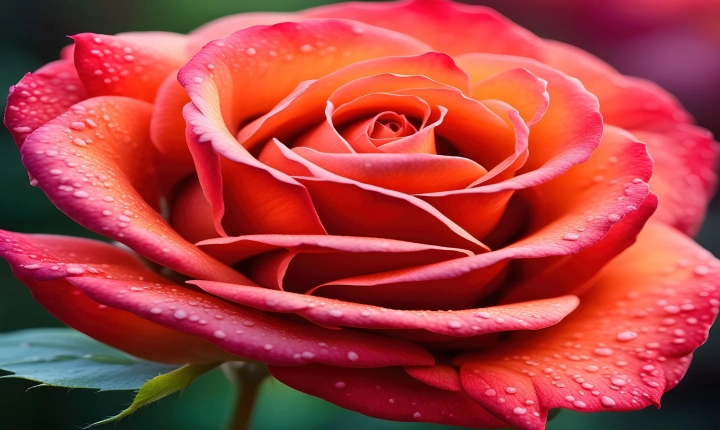Title: How AI Creatives Are Revolutionizing the Creative Industry
Artificial Intelligence (AI) has permeated nearly every aspect of our lives, from healthcare to finance to entertainment. But one remarkable application of AI that has gained traction in recent years is its use in the creative industry. AI creatives, or “AI artists,” are changing the landscape of creativity and challenging our perceptions of what it means to be creative. In this article, we will explore the ways in which AI has become a powerful force in the creative field and how it is shaping the future of artistic expression.
One of the most impressive capabilities of AI creatives is their ability to generate art, music, and literature. Through advanced algorithms and machine learning, AI systems can analyze vast amounts of existing creative works and then produce original pieces that mimic the style and essence of human-created art. For example, AI-generated paintings have been featured in art galleries, AI-composed music has been performed by orchestras, and AI-authored literature has been published and received critical acclaim. This blurring of the line between human and AI creativity raises compelling questions about the nature of artistry and the role of the artist in the creative process.
Moreover, AI creatives are transforming the way in which creative professionals work. For instance, graphic designers can utilize AI-powered tools to enhance their workflow, generating custom design elements and automating repetitive tasks. Filmmakers and video editors can harness AI to streamline post-production processes, such as video editing and color correction. Additionally, AI can generate personalized content recommendations based on user preferences, enabling creative professionals to tailor their work to specific audiences more effectively. This integration of AI into creative workflows has the potential to make the creative process more efficient and accessible to a wider range of individuals.
Furthermore, AI creatives are facilitating new forms of collaboration between humans and machines. By harnessing AI technology, artists and creatives can experiment with new mediums, techniques, and styles that were previously beyond their reach. The symbiotic relationship between humans and AI allows for the exploration of novel creative territories and the development of innovative artistic expressions. This collaborative approach to creativity has the potential to push the boundaries of traditional artistic disciplines and expand the scope of what is considered possible in the realm of art and design.
However, the rise of AI creatives also raises ethical and philosophical concerns. As AI becomes more proficient at emulating human creativity, questions regarding authorship, originality, and authenticity arise. How do we attribute creative works generated by AI? Should AI-generated content be subject to copyright laws? These complex issues highlight the need for ongoing discussions and regulations surrounding the use of AI in the creative industry.
In conclusion, AI creatives are revolutionizing the creative industry in unprecedented ways. From producing original artwork to enhancing creative workflows to fostering collaborative innovation, AI is reshaping the landscape of artistic expression. As we continue to navigate the evolving relationship between humans and machines in the creative process, it is essential to recognize the potential and the limitations of AI creatives and to engage in critical conversations about the future of creativity in the age of artificial intelligence.
